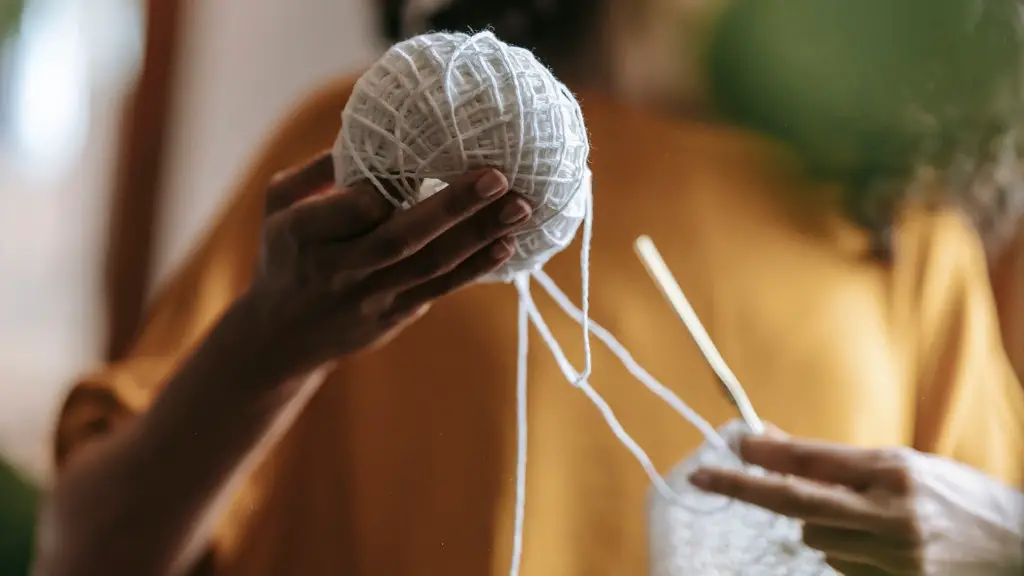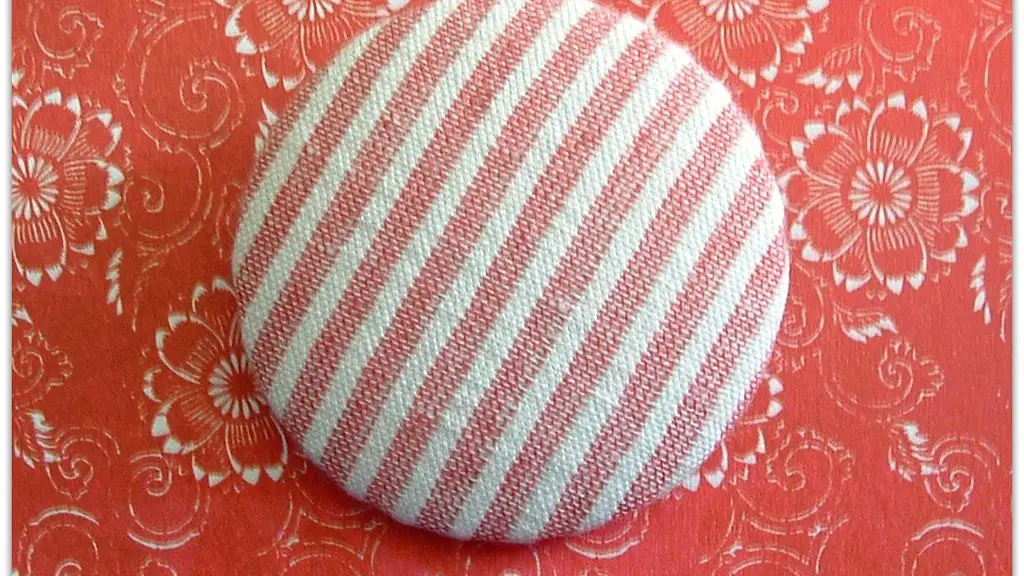Gathering Materials
It is vital that the right materials are used to create a beautiful, long-lasting wig with a sewing machine. The main material to consider is the type of synthetic or natural hair that will serve as the basis of the wig. Longer hair is well suited to larger wigs; however, several layers can be used to create shorter wigs. Additionally, a wig cap may be necessary to provide a base for the wig and support for the hair fabric. Building a wig involves covering the cap with a mesh material that is stable and easy to sew. This mesh base can be cut to size and then sewn to the cap.
Making Markings and Trimming
Before beginning to sew the wig, measures should be taken to ensure its shape and design. Experienced wig makers suggest that partings, hair shape, and designs should be marked with a water-resistant fabric marker on the wig cap. Moreover, the wig should be styled prior to sewing it to the wig cap. Individual pieces of hair can be cut to suit the desired style. For thick, natural-looking wigs, several strands of synthetic strands should be sewn together to create bundles.
Sewing on the Wig
Once the shaping and styling of the wig has been completed, it is now time to begin sewing. Sewing the wig to the cap requires a basting stitch to be applied to the net. Fabric thread is the best option for this process. The first stage of the sewing process involves folding the cap over the net, then turning it inside out, so the woven side is outside. The next step is to slowly start attaching the wig from the back of the wig by joining the layers together. Basting stitches are then used to firmly secure the stranding and wig together. On average, it takes approximately two hours to baste the entire wig.
Securing the Wig and Finishing Touches
When the basting stage is complete, the wig should be flipped back to its original side, with the woven side on the inside. To ensure the wig is securely sewn to the cap, sewers should use the same thread used to complete the baste-stitch. Sewers should complete the process by covering the elastic bands with a mesh material to hide them. Additionally, they should double check their work by gently tugging the threads to make sure they are firmly secured. As a finishing touch, a flat iron or straightener should be used to smooth the hair.
Choosing the Type of Machine
To create a beautiful, long lasting wig, a person should choose the right type of sewing machine. The best machines for wig making usually include a straight stitch, reverse stitch, and zigzag stitch. It is critical to select a machine that offers at least one of these. Additionally, if the wig is designed with a lot of curves and tight weaving, it is best to select a machine that is relatively low speed, as it will not damage the material.
Wig Maintenance
Taking proper care of the wig is vital to ensure its longevity. To maintain a synthetic wig it should be washed with shampoo and a synthetic conditioner and hung to dry. On the other hand, human hair wigs are best washed with a hydrating balm and applied with a wide-toothed comb. Furthermore, heat setting sprays should not be used to style wigs as they will likely cause damage and reduce the lifespan of the wig.
Safety Information
When making a wig with a sewing machine, it is important to ensure that the machine is in good working condition. Before use, all moving parts should be checked for possible fraying or damage from previous use. Additionally, protective eyewear should be worn to prevent hair from entering eyes and face. Lastly, it is critical that the machine is unplugged when finished to prevent electrical hazards.
Dyeing Wigs
Whether a wig is made with synthetic or natural hair, its color can be changed using dye. For both synthetic and human hair, there are different kinds of dyes that should be used. Synthetic wigs should be dyed using cloth dye, while human hair should be dyed using a semi-permanent or permanent hair dye. It is important to follow the manufacturer’s instructions carefully when dyeing wigs with a sewing machine to ensure a safe and successful outcome.
Making Hair Accessories
The use of a sewing machine to make hair accessories can be extremely helpful in completing a wig making journey. Hair accessories such as bows and ribbons can serve as a beautiful finishing touch for any wig. Simple accessories such as fabric bows can be created with a sewing machine. Additionally, for natural looking wigs, sewers can create the illusion of bangs with bows. This can be done by cutting the center of a bow in half and sewing it onto the center of a wig.
Tools for Maintenance
When wig wearing, there are some essential tools that should be kept close at hand. A wide-toothed comb can help to distribute product throughout the wig, as well as untangle any knots. Furthermore, a wig brush is also necessary for applying product and brushing through the hair. Additionally, wig adhesive and hair clips come in handy for securing the wig to the scalp and securing parts. Overall, these tools each serve an important role in wig maintenance.
Creating Lace Front Wigs
To create a more natural effect, lace front wigs can be used. Lace front wigs have a real-skin feel and blend seamlessly with natural hair. In addition, these wigs are incredibly lightweight and breathable – perfect for hot summer days. To create a lace front wig, a lace material should be added to the wig’s front and edges. This can be done by stretching the lace material over the front and sewing it onto the wig cap. Once the lace is attached to the cap, it can be colored to match the hair.
Final Touches
When the wig is complete, a person should style it and complete any desired hair colors. For synthetic wigs, coloring should be done with a cloth dye that is specifically designed for synthetic hair. On the other hand, human hair can be colored using semi-permanent or permanent hair dyes. Once the desired colors are applied, the wig should be styled with products including products such as mousse, gel, and hairspray. Lastly, the wig should be trimmed to create a sleek, uniform look.



